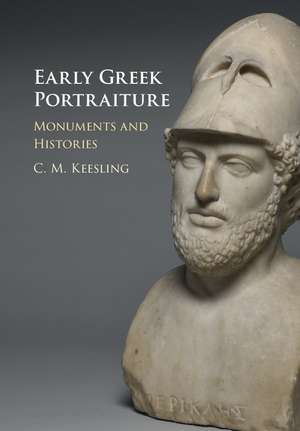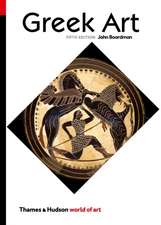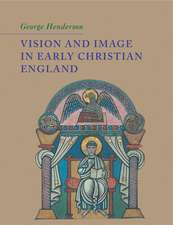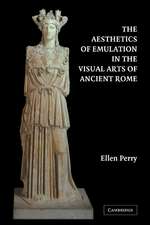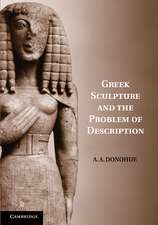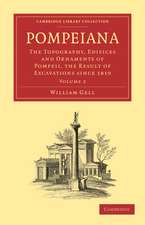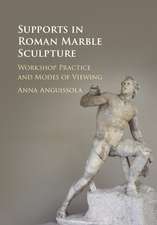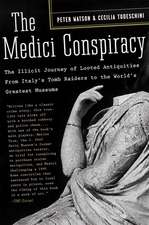Early Greek Portraiture: Monuments and Histories
Autor Catherine M. Keeslingen Limba Engleză Hardback – 2 mai 2017
Preț: 707.55 lei
Preț vechi: 795.01 lei
-11% Nou
Puncte Express: 1061
Preț estimativ în valută:
135.39€ • 139.68$ • 112.98£
135.39€ • 139.68$ • 112.98£
Carte tipărită la comandă
Livrare economică 26 martie-09 aprilie
Preluare comenzi: 021 569.72.76
Specificații
ISBN-13: 9781107162235
ISBN-10: 1107162238
Pagini: 324
Ilustrații: 62 b/w illus. 3 maps
Dimensiuni: 183 x 261 x 20 mm
Greutate: 0.88 kg
Editura: Cambridge University Press
Colecția Cambridge University Press
Locul publicării:New York, United States
ISBN-10: 1107162238
Pagini: 324
Ilustrații: 62 b/w illus. 3 maps
Dimensiuni: 183 x 261 x 20 mm
Greutate: 0.88 kg
Editura: Cambridge University Press
Colecția Cambridge University Press
Locul publicării:New York, United States
Cuprins
Introduction: Why portraits?; Part I. Portraits among Heroes and Gods: 1. From votive statues to honorific portraits; 2. Arete, heroism, and divine choice in early Greek portraiture; 3. Portraits in Greek sanctuaries; Part II. Documenting Archaic and Classical Greek History: 4. Retrospective portraits as historical documents; 5. Early Greek portraits under Roman rule: removal, renewal, reuse, and reinscription; Conclusion: The limits of representation.
Recenzii
'The first four chapters of this excellent scholarly study focus primarily on Greek portrait images, their origins, meaning, and various contexts from the Archaic to the late classical periods (sixth–fourth centuries BCE). The last chapter deals with the Hellenistic period down to the Roman conquest of Greece, a time when new portraits of contemporary Greeks were set up in various locations, and a number of old Greek sculptural images were removed to Italy by the Romans, or were reused in Greece by local authorities to represent Roman personages (especially prominent military men and statesmen) by providing them with new identifying inscriptions on their bases. Throughout the book Keesling makes excellent use of ancient primary sources, including dedicatory inscriptions and their significance for understanding the social, political, and religious contexts in which these images were set up. Two appendixes list, and provide pertinent information about, known portrait statues set up (c. 600–300 BCE) at the religious sanctuaries of Olympia and Delphi.' Choice
Notă biografică
Descriere
This book lends new insight into the origins of civic honorific portraits that emerged at the end of the fifth century BC in ancient Greece.
